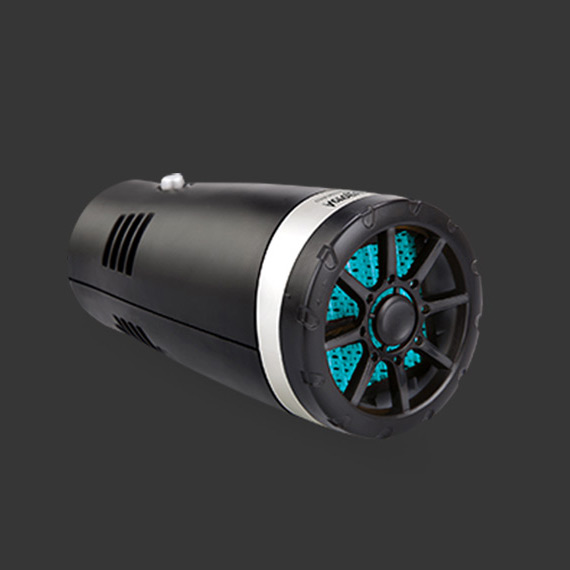High-Performance Stainless Steel Clutch Line for Enhanced Durability and Reliable Vehicle Performance
The Advantages and Features of Stainless Steel Clutch Lines
In the world of automotive engineering, efficiency and performance are paramount. One of the less discussed yet critical components that contribute to these aspects is the clutch line. When it comes to upgrading or replacing clutch lines, enthusiasts and professionals alike are increasingly turning to stainless steel clutch lines. These lines offer a myriad of advantages over traditional rubber counterparts, making them a worthy consideration for any automotive setup.
Durability and Strength
One of the most significant benefits of stainless steel clutch lines is their exceptional durability. Unlike rubber lines, which can degrade over time due to exposure to heat, oil, and various chemicals, stainless steel is highly resistant to such environmental factors. This resistance to degradation not only extends the lifespan of the clutch line but also maintains its structural integrity under extreme conditions. With stainless steel clutch lines, the risk of leaks or ruptures is significantly reduced, contributing to overall vehicle reliability.
Performance Enhancement
Stainless steel clutch lines are designed to enhance the performance of a vehicle's clutch system. Unlike rubber lines, which can expand under pressure, stainless steel lines provide a consistent and reliable pressure transfer. This characteristic ensures that the clutch engages and disengages smoothly, allowing for more precise control during gear shifts. For high-performance vehicles or those used in motorsport applications, this enhanced responsiveness can lead to substantial improvements in driving performance.
Improved Aesthetics
Beyond functionality, stainless steel clutch lines also offer an appealing aesthetic upgrade. The sleek, shiny appearance of stainless steel can give the undercarriage of a vehicle a more polished and professional look. Many automotive enthusiasts take pride in the appearance of their vehicles, and stainless steel lines contribute to a clean and modern aesthetic that complements various build themes.
stainless clutch line

Resistance to Corrosion
Unlike other metals, stainless steel is highly resistant to corrosion. This property is crucial for automotive applications, where exposure to moisture, road salt, and other corrosive elements is common. The ability of stainless steel clutch lines to resist rust and corrosion ensures that the lines maintain their performance and integrity over time, resulting in fewer maintenance issues and extended service life. This feature is particularly beneficial for vehicles that are often exposed to harsh conditions.
Easy Installation and Compatibility
Most stainless steel clutch lines are designed for easy installation. They often come with pre-fabricated fittings and segments that are compatible with a wide range of vehicle models. This compatibility means that whether you are a seasoned mechanic or a DIY enthusiast, you can easily upgrade your clutch line without extensive modifications.
Temperature Resistance
Stainless steel also offers superior temperature resistance compared to traditional rubber lines. High-performance vehicles often experience elevated temperatures due to increased engine output and heat generated during operation. The ability of stainless steel to withstand these high temperatures without degrading ensures that the clutch system remains effective, even under demanding conditions.
Conclusion
In conclusion, stainless steel clutch lines provide several compelling advantages over rubber alternatives, including enhanced durability, improved performance, aesthetic appeal, corrosion resistance, easy installation, and temperature resilience. For automotive enthusiasts looking to upgrade their vehicles, investing in stainless steel clutch lines is a decision that promises to improve both functionality and appearance. As the automotive landscape continues to evolve, incorporating high-performance components like stainless steel clutch lines will be key to achieving optimal vehicle performance and reliability.
-
Upgrade Your Control with Premium Throttle CablesNewsAug.08,2025
-
Stay in Control with Premium Hand Brake CablesNewsAug.08,2025
-
Experience Unmatched Performance with Our Clutch HosesNewsAug.08,2025
-
Ensure Safety and Reliability with Premium Handbrake CablesNewsAug.08,2025
-
Enhance Your Vehicle with High-Performance Clutch LinesNewsAug.08,2025
-
Elevate Your Ride with Premium Gear CablesNewsAug.08,2025
